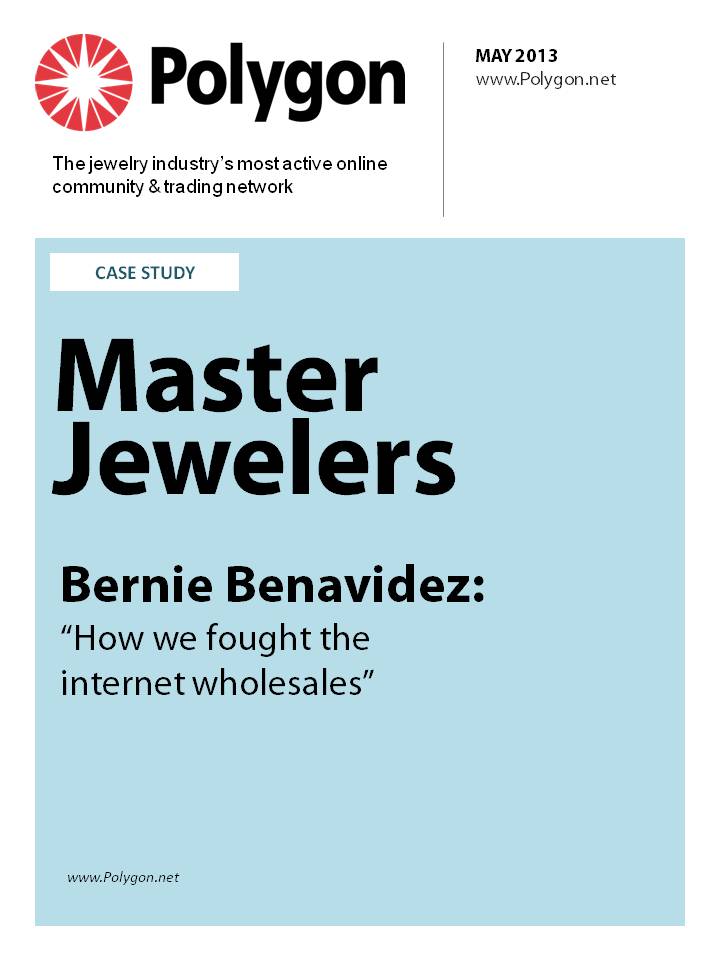Watch Repairs in Your Jewelry Store - CNC Milling, Wire EDM
Tell me more about CNC milling? I’m interested in alternative ways for our watchmaker (who can work wonders!) to make gears and multi-toothed wheels for pocket and wrist watches.
Polygon Member 330
Answers
Well basically it's the "other" way to bring your CAD creations to life. You can either print or mill. There use to be limitations up until a few years ago...but now with 5-axis capabilities (maybe more...I haven't kept up with it) you can just about mill anything you need (shape wise).
Basically you design the part that you would need....throw a block of aluminum (or whatever media you wish to mill gold, silver etc) in the machine. And the machine will mill out the EXACT item you design...just need to rinse with water...no other real cleaning necessary. Ready for use! I know they have "personal" milling machines out there these days.
Polygon Member 152755
The problem with CNC for what you want to do is the fixturing; holding the item you want to work down to what you are wanting.
Growing parts at this time will not work due to the process not being accurate enough for your needs. There is laser engraving/ cutting but after I talked to some very sharp machinists, I realized this isn’t the best tool either for what you want to do.
I am looking into some options that might very well work and if I find a workable solution that doesn’t break the bank I will be calling you to talk to you more in depth about it…
Polygon Member 4899
How are all those little gears made to begin with???
Polygon Member 1348
Painstakingly...by hand … with a lathe... Hence the $1000 to $2000 figure for making a wheel or two by watchmakers who are highly paid and very slow and meticulous in doing it.
I think that if a way existed to make a wheel or gear out of a substance other than metal (hey, it could happen; they made gears our of wood at one time! ) a lot of mid-level timepieces could be saved and not scrapped.
Polygon Member 330
I had a watchmaker who does a lot of restoration work tell me he was looking to do either acid etching or a similar method for the flat gears.
Polygon Member 45295
There were old "screw type lathes" that were used and now some of the companies are using water jets and EDMS. If you are making 100's of parts, then the economy of scale helps out – Ones and two of a part make it more interesting as the set up time and programming is what kills the economics.
A solid scape-type 3D printer has high accuracy but the build material is brittle. A Viper machine has high accuracy but the build material may or may not work and the machine is around 250-300K.
I believe the technology is out there but it has to be scaled down and applied to the particular application. Looking at watch parts, they have to be precise thickness, angles, curves etc and threads sometimes.
In the old days when watches were being all handmade, time was not a concern, but in today’s fast paced society, time = money. So there you go.
The main reason that I see jewelers hating to deal with watches is when a customer's watch is in for repair and you can’t get the part it needs. Makes for one ticked off customer.
Polygon Member 4899
Art, I think the other problem is some customer think watches are like the car repair, that every city has a supply house in it that you can get your parts the same day. Watch parts also tend to become obsolete faster and again like cars, it is not feasible to have aftermarket parts made for all of them. Also, when they buy the watch, they are not told nor do they think to ask about serving the watch – when it should be serviced and where would it be repaired.
Polygon Member 45295
Making a watch gear today is a snap and very inexpensive. All you need is a piece of the old gear, 40 minutes on a computer, piece of flat stock and a wire EDM. Simple. As for printing parts, that is also now a very simple thing to do as the plastic printers today can make a complete part/product containing numerous pieces and no assembly required. Perfect example is the common 4 piece adjustable wrench: 1 part with all 4 pieces assembled. As for balance staffs, I proved 10 years ago that any could be simply repaired at a much reduced cost. Technology has come so far in the last 10 years it is simply amazing but many chose to ignore that fact.
Wire EDMs have been in use for the most part of 20 years and now are used daily in most shops. CNCs were first used in the 60s and operated by punch tape.
Today, with what I refer to as the super programs CAD/CAM software, it seems nothing is impossible as the technology is leap-frogging every day with more and more 5 plus axis machines making the so-called impossible jobs almost child's play.
Polygon Member 69







